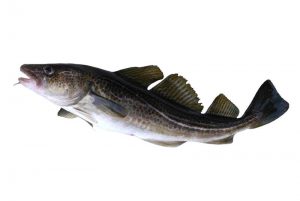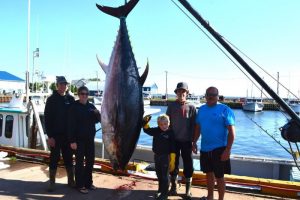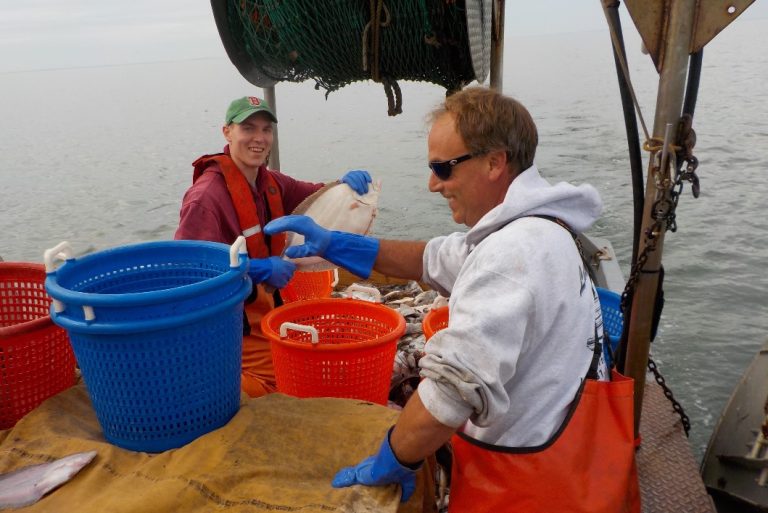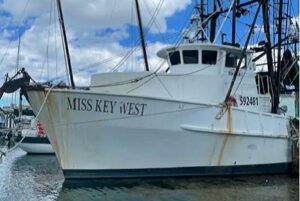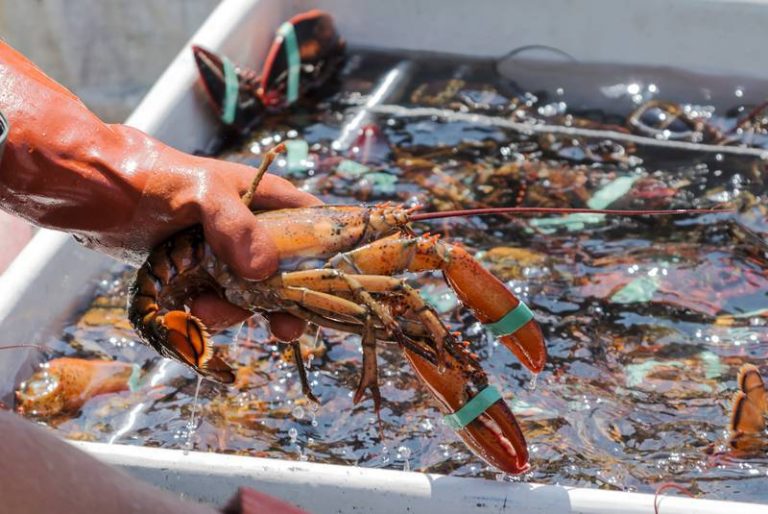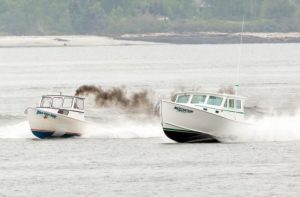THE FUTURE OF FISHING IS INNOVATION by Zack Klyver
Maine’s lobstermen begin 2022 with a unique opportunity to fundamentally solve the whale entanglement issue. Throughout history technology has been used to improve our lives and solve complex problems. Invention has brought us cell phones, computers, satellites, and soon, self-driving cars and a base on the moon.
Technology can end the mortality of whales in the lobster fishery and simultaneously make the fishery more efficient, safer, and reduce gear conflict and gear loss. NOAA has granted the lobster fishery a ten- year time frame to substantially reduce risk to critically endangered right whales. Instead of spending millions on trying to litigate their way out of this, fishermen can innovate their way out of this.
For example, The Maine Center for Coastal Fisheries in Stonington is working through their skipper’s program to experiment with underwater “reflectors” on traps – permitting them to be located quickly on depth sounders. In unison, they are developing a list of “best practices for grappling up gear”, with the hope that these innovations would allow fishing without fishing lines in the new Maine closure.
In 2020, we tested “ropeless” gear systems produced by Edgetech and SMELTS, in the waters of Frenchman’s Bay and Mount Desert Rock. Ropeless fishing is a new technology that removes the buoys and end lines that entangle whales and replaces them with an acoustic release that when triggered brings up a stowed line and buoy or fills an airbag. During nine days of testing, we conducted over 60 deployments and had nearly 100% success in retrieval.
This year we established a ropless testing program with eight Maine lobster and gillnet fishermen, in partnership with the Northeast Fisheries Science Center and gear manufacturers. These pioneering fishermen are testing ropeless from Eastport to Kennebunkport, in 28-foot tides and 35 miles offshore, and are proving that these systems work in Maine.
Teledyne, a giant high-tech company who recently purchased FLIR and Ray Marine for $8 billion are one of over a dozen groups globally that are designing and engineering advanced ropeless and tracking systems. These groups are producing hull mounted acoustic transducers, smart buoys, sub-sea gear marking, and working to seamlessly integrate all this into fishermen’s chart plotters.
Society is willing to pay for this conversion because society wants fishermen and whales to co-exist. The greatest risk for whales has been 10 miles and more offshore so we should focus on federal license holders that make up 25% of the Maine fleet. Fishermen offshore use strings of traps with two end-lines and two buoys. We could remove one vertical line and replace it with a ropeless system and immediately get a 50% entanglement risk reduction.
In Canada, the Acadian Snow Crab fishermen are on the verge of going fully ropeless. This winter Massachusetts fishermen will be fishing ropeless in the right whale closed area. The Maine legislature could provide funding for innovation and testing. If we roll up oursleeves and work together, we can solve this conundrum and enhance Maine’s lobster fishery for generations to come.
Zack Klyver is the Science Director for Blue Planet Strategies and based in Bar Harbor. He grew up in a Maine fishing family and worked as a whale watch naturalist for 30 years.


































